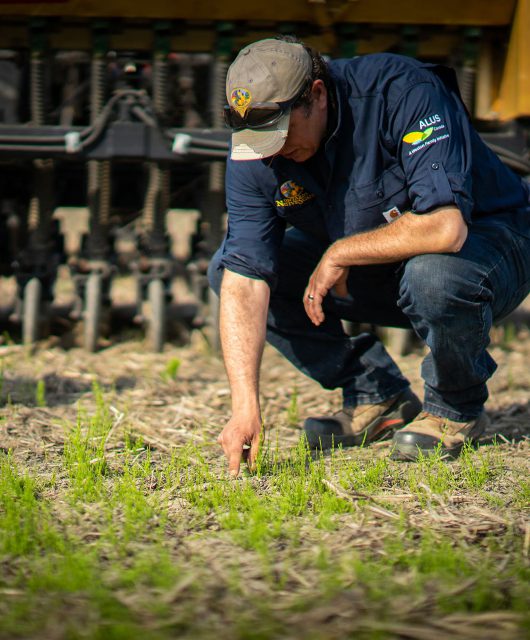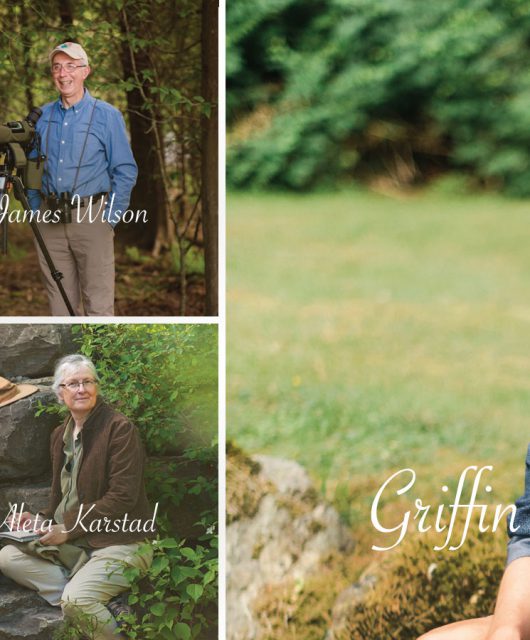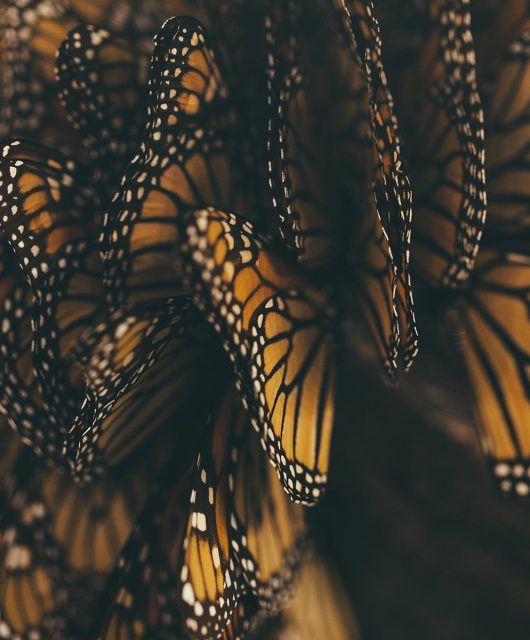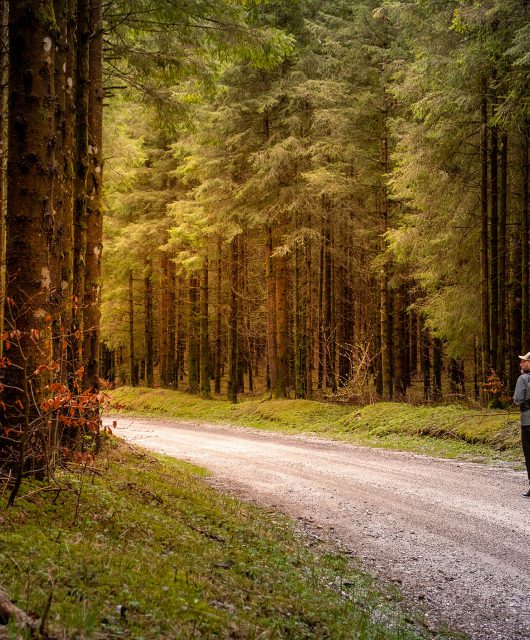As the daytime get shorter and the nights grow longer, fall offers a perfect opportunity to explore the hidden world of nocturnal wildlife.
Across all ages and classrooms, nature-based learning helps students observe closely, think critically, and engage with the world around them. It’s an ideal season to investigate how bats, owls, nocturnal insects, and other nighttime creatures adapt to life after dark—and why they play such vital roles in our ecosystems.
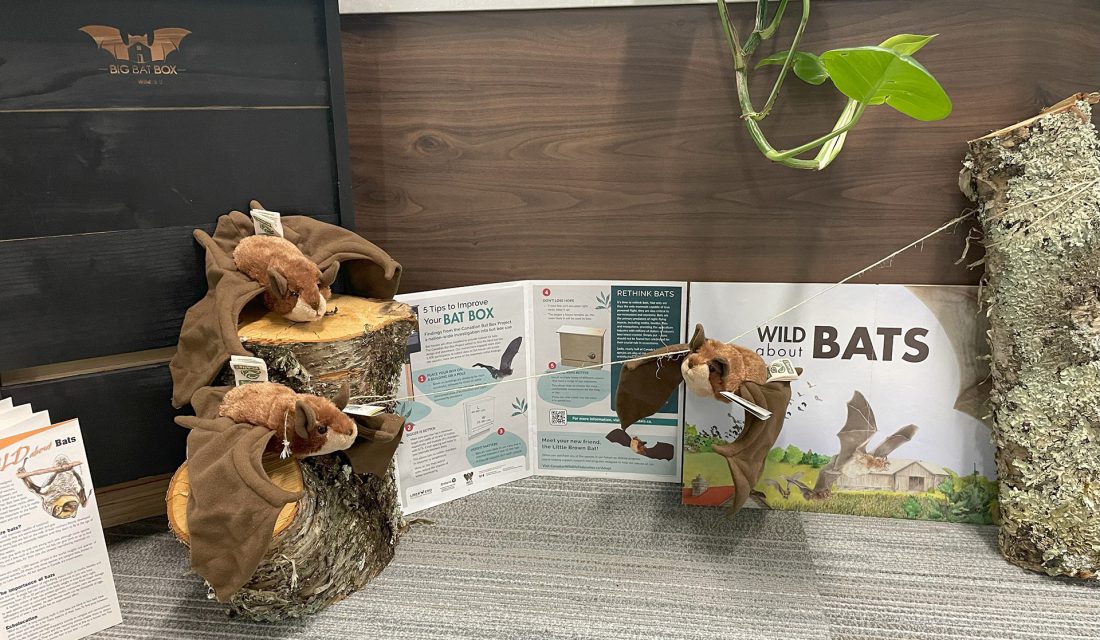
Check out the teaching resources and student action projects listed below to help spark ideas for fall learning!
Teaching Resources
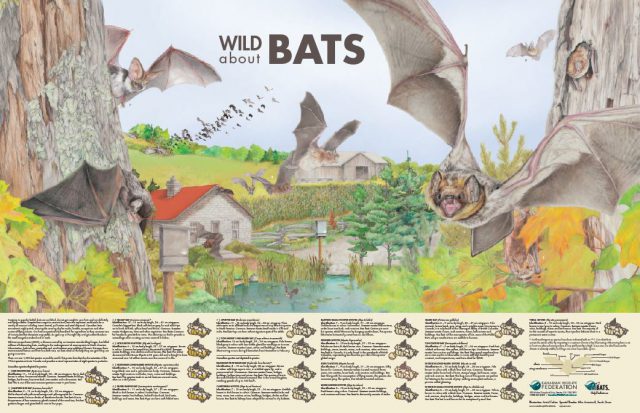
- How does Echolocation work – This interactive activity has students act out the concept of echolocation by becoming “moths” and “bats” in a simulation game of call and response.
- Wild About Bats Poster – This illustrated poster will acquaint you with Canada’s 19 native bats, where they live, and what they eat. Spend some time with nature’s night patrol!
- All About Bats Webinar – Learn how many species of bats there are, where they live, why they’re endangered, and how you can help.
- Hinterland Who’s Who – With this resource, you can explore nocturnal wildlife, like the Bat, Raccoon, Red fox, Skunk, or Great Horned Owl.
- Discover the night sky – When the sun starts going down, why not head outside and discover the night sky? Check out this page for fun family activities to do after dark.
Looking for ready-made lesson plans and activities focused on nocturnal wildlife? Check out our Project WILD activity guide, which features 164 hands-on, interdisciplinary lessons and games, including:
- Bat Blitz (pg. 184) – Simulate bats eating insects through an interactive game, then perform calculations based on the number of insects caught during the activity.
- Lights out (pg. 512) – Learn about light pollution, conduct a lighting audit, and develop an action plan to address light pollution in your community or school.
- Owl pellets (pg. 277) – Discover what this “night owl” eats, reconstruct skeletons, and explore the food chain with this hands-on activity.
To access the full guide and materials, sign up for a professional development session near you!
Student Action Projects
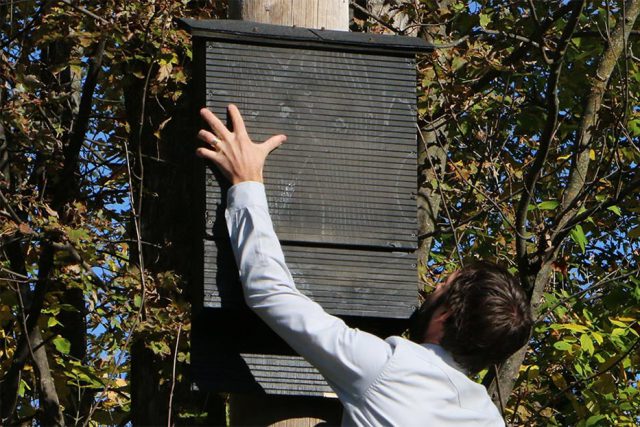
Engaging, age-appropriate action projects bring fall’s after dark lessons to life—giving students hands-on ways to connect with nature and have a real impact on the environment. Check out the list below that spotlights ways to help the fascinating world of nocturnal animals!
- Turn off the lights – Raise awareness of light pollution and how it affects wildlife. Learn more from the Royal Astronomical Society of Canada
- Moonlight Bioblitz – Create your own moonlight bioblitz on ca. Recruit friends and family, document any night-time species you spot, and bask in the moonlight – then upload your observations to iNaturalist.ca. Check out CWF’s Bat project or this example of a moth bioblitz for examples.
- Build Your Own Bat House – Put your construction hat on to build a roosting site for a female bat and her pup! Learn more at Help the Bats.ca. Once complete, don’t forget to register your bat house!
- Myth-busting Halloween Party – Research common myths about nocturnal animals (ie, bats are blind). Create videos, handouts, or posters to educate others. Host a Halloween party where everyone comes dressed as a nocturnal creature and teach all your friends about why nocturnal wildlife is cool, not scary.
For more educational resources, projects, and lesson plans, check out our Online Learning Library and sign up for our monthly education newsletter.

